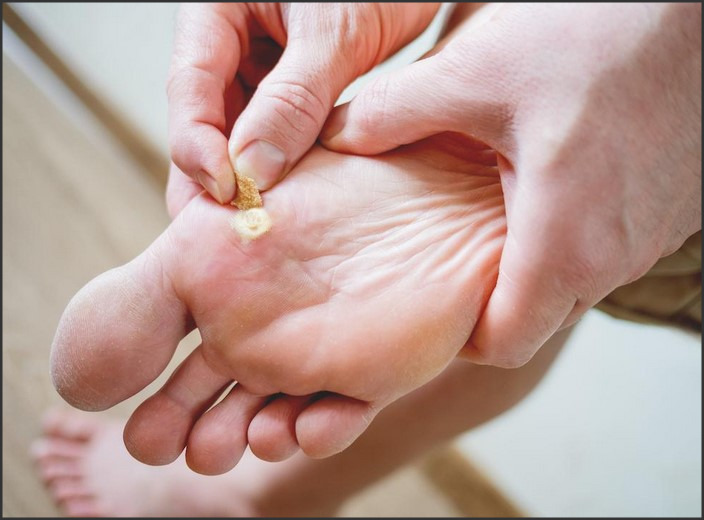Seed Wart Roots Removal: Effective Techniques and Home Remedies

Seed Wart Roots Removal: Effective Techniques and Home Remedies is a comprehensive guide that provides detailed information on how to effectively remove seed wart roots. This guide covers a range of techniques, from medical procedures performed by professionals to home remedies that can be done with common household items. It aims to educate readers about the nature of seed warts, the importance of removing their roots to prevent recurrence, and the various methods available for their safe and effective removal. Whether you’re seeking professional treatment or considering a do-it-yourself approach, this guide offers valuable insights to help you make an informed decision.
Seed Wart Roots Removal: Effective Techniques and Home Remedies
Seed warts, also known as common warts, are small, rough growths that typically appear on the hands and feet. They are caused by the human papillomavirus (HPV) and are named for their characteristic black dots, which resemble seeds. These dots are actually tiny blood vessels that supply the wart with nutrients. While seed warts are generally harmless, they can be unsightly and uncomfortable. Therefore, many people seek methods for seed wart roots removal.
One of the most effective techniques for seed wart roots removal is cryotherapy. This procedure involves the application of liquid nitrogen to the wart, which freezes and kills the affected tissue. The dead tissue then falls off, taking the wart with it. Cryotherapy is usually performed by a healthcare professional and may require several sessions to completely remove the wart.
Another technique is electrosurgery. This procedure uses an electric current to burn off the wart. Like cryotherapy, electrosurgery is typically performed by a healthcare professional and may require multiple sessions. It’s important to note that both cryotherapy and electrosurgery can cause discomfort and may result in scarring.
For those who prefer a less invasive approach, over-the-counter treatments are available. Salicylic acid is a common ingredient in these treatments. It works by dissolving the keratin protein that makes up the wart and the thick layer of skin that often covers it. Over-the-counter treatments usually come in the form of creams, gels, or patches that are applied directly to the wart.
While these treatments can be effective, they often require consistent application over several weeks or even months. It’s also crucial to follow the instructions carefully to avoid damaging the surrounding healthy skin.
In addition to these techniques, there are several home remedies that some people find effective for seed wart roots removal. One such remedy is the use of duct tape. This involves covering the wart with a small piece of duct tape for about six days. After this period, the tape is removed, and the wart is soaked in warm water. The softened wart is then gently scrubbed with a pumice stone or emery board. This process is repeated until the wart is gone.
Another home remedy involves the use of apple cider vinegar. The wart is soaked in apple cider vinegar for about 20 minutes each day. Over time, the acid in the vinegar can help to dissolve the wart. However, it’s important to be cautious with this remedy as the vinegar can irritate the skin.
While these techniques and home remedies can be effective, it’s important to remember that seed warts are caused by a virus. Therefore, they can recur even after successful treatment. To reduce the risk of recurrence, it’s crucial to maintain good hygiene practices, such as washing hands regularly and avoiding direct contact with warts.
In conclusion, there are several effective techniques and home remedies for seed wart roots removal. However, it’s always advisable to consult with a healthcare professional before starting any treatment to ensure it’s suitable and safe.Seed wart roots removal can be effectively achieved through various techniques and home remedies. Medical procedures such as cryotherapy, laser therapy, and surgical removal are proven to be effective. Over-the-counter treatments containing salicylic acid can also be used. Home remedies such as apple cider vinegar, garlic, and duct tape may provide relief, but their effectiveness varies and is not scientifically proven. It’s important to consult with a healthcare professional before starting any treatment to ensure it’s safe and suitable for the individual’s specific condition.